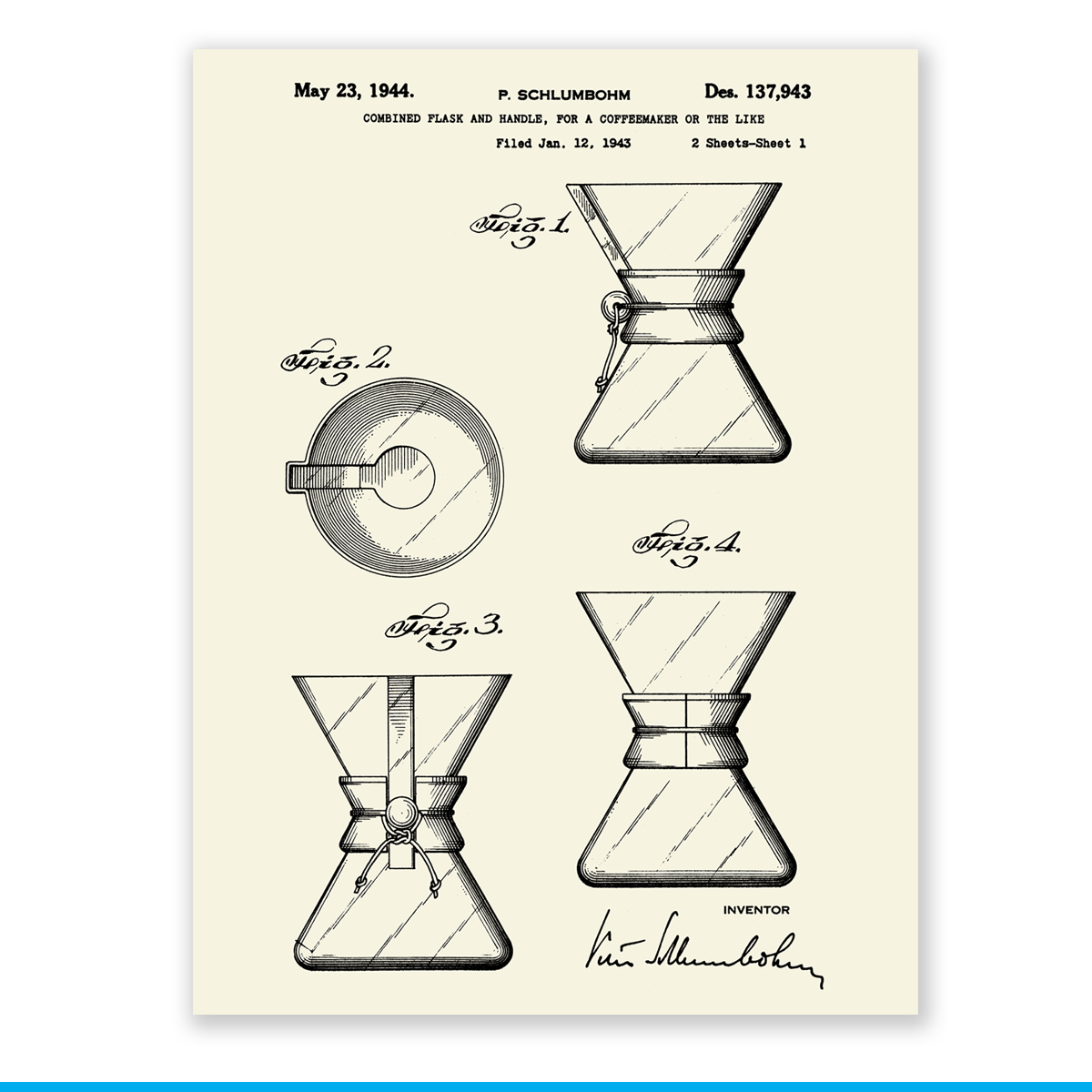coffee algorithm: the perfect cup
2020-05-13
|~2 min read
|258 words
One way to understand an algorithm is as a recipe. A set of instructions, that if followed, will yield an anticipated result.
The example that CS50 at Harvard used (based on the published videos on YouTube) is of making a peanut butter and jelly sandwich.
When I was first learning to code, I decided that I would write a coffee algorithm.
Apparently, I was writing in Python at the time, because my first attempt began with:
Class BrewCoffee(self,water,coffee,brew_type, grinder, filter, mug)
__init__.self()
self.water = water
self.coffee = coffee
self.brew_type = brew_type
#... the grinder, filter, and mug are dynamic and are dependent on the coffee and brew_typeMaking the perfect cup of coffee really is a blend of art and science.
The way you pour water, letting the beans bloom, making sure to have a consistent drip - it’s all important. But it can all be for naught if you ignore appropriate ratios.
When brewing with a Chemex, my preferred method, I’ve found my preferred ratio is 16:250 coffee to water.
A quick reference then is as follows:
| # of Cups | Beans (oz) | Water (oz) |
|---|---|---|
| 1 | 16 | 250 |
| 2 | 32 | 500 |
| 3 | 48 | 750 |
 |
|---|
| I found the patent drawings for the chemex to be quite stunning. This one comes from the Chemex Store, but you can find all of the original patent filings here. |
Related Posts
Hi there and thanks for reading! My name's Stephen. I live in Chicago with my wife, Kate, and dog, Finn. Want more? See about and get in touch!